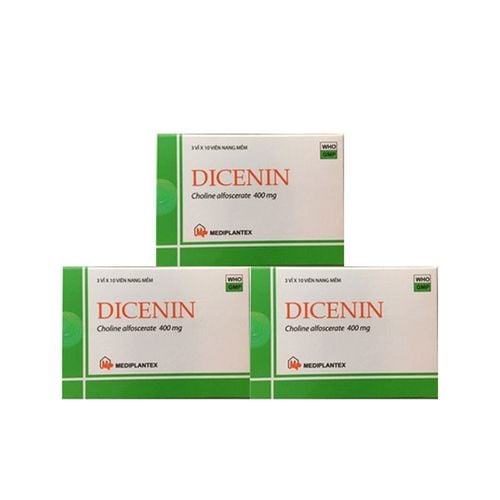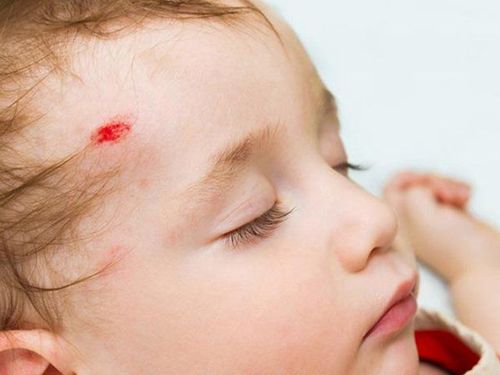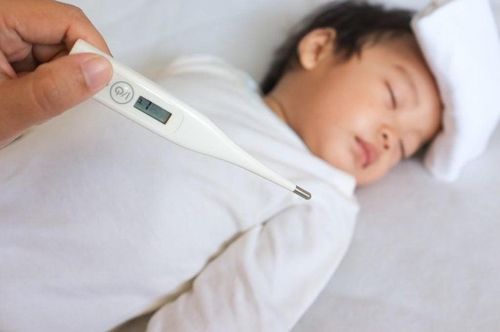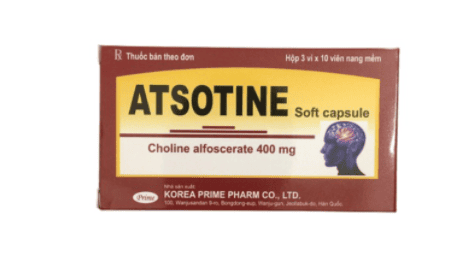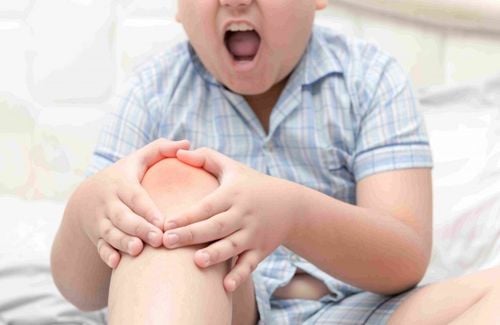This is an automatically translated article.
The article was professionally consulted by Specialist Doctor I Huynh Kim Long - Emergency Resuscitation Doctor - Emergency Resuscitation Department - Vinmec Da Nang International General Hospital.Spinal and head injuries are often encountered in accidents, especially traffic accidents. First aid, first aid for accident victims is extremely important, sometimes this even decides their life or death.
1. First aid and first aid for head injuries caused by traffic accidents
1.1 Scalp injury Scalp tear: Heavy bleeding, use compression bandage to stop bleeding for the patient. However, before performing, the wound must be cleaned (remove all foreign objects on the wound surface before dressing). If the scalp is peeled off, the scalp must be cleaned, if the ear is cut off or the tooth is broken, it should also be cleaned, put in a stone thermos and transferred to the same patient's upper gland to be treated and reassembled.Distinguishing skull subsidence and subcutaneous hematoma: Must drain all the hematoma, apply pressure, transfer to the following gland to check for skull subsidence.
1.2 Traumatic Brain Injury Cranial injury includes both open and closed lesions. Depending on the condition of the injury, there are different first aid measures. For open craniocerebral lesions with or without brain protrusion, the patient is usually awake because the brain is not compressed. However, there are some cases where the patient is comatose, this is an emergency because the condition is severe and can be fatal. In case of open brain injury, it is necessary to remove all foreign bodies from the protruding brain surface, then place a clean gauze pad on the wound surface and lightly bandage it.
In the process of giving first aid to the patient, it is important not to do a few things as follows:
Hard foreign bodies deeply embedded in the brain tissue must not be pulled out. Do not apply antiseptic to the exposed brain tissue. Do not use the probe until the brain is not visible. Do not compress brain organization. For closed brain injury, after the accident, if the patient is awake, he must ask the patient where the injury is in the head, if there is a hematoma or bone fracture, headache, nausea. How to move limbs? If the patient is in a coma, ask relatives or people around to determine the patient's awake range. Determining the patient's awake interval will help provide some useful information to the doctor such as if there is an intracranial hematoma, the shorter the awake interval, the worse the prognosis and vice versa.
The shorter the period from anesthesia to when the brain is released from compression, the better the prognosis. At the same time, it is necessary to make a mental monitoring sheet during the field work and transfer this monitoring sheet according to the patient to the upper level.
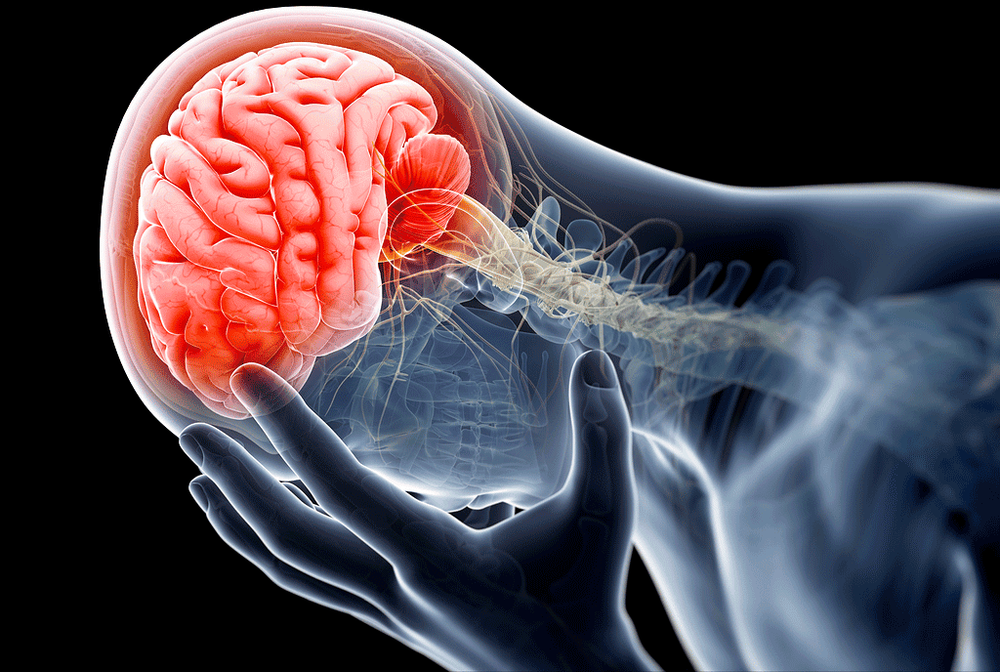
Monitor consciousness: Coma has 15 Glasgow points. Monitor for focal neurological signs: Ipsilateral pupil dilation, contralateral limb paralysis. Autonomic monitoring: Slow pulse, increased blood pressure, fast, shallow breathing, increased sputum secretion, high body temperature: 39-40 degrees Celsius and always sweating. An important note in first aid for patients with traumatic brain injury is to have a thorough examination not to miss the associated lesions because the patient with anesthesia can't ask, so it is easy to miss the combined injuries, the mortality rate is very high. Very high mortality such as internal bleeding, shock due to large bone fracture, rapid pulse and low blood pressure. Therefore, first-aiders need to look carefully to give good first aid to the patient before transferring to the emergency room.
If the patient has had multiple injuries, including traumatic brain injury, first-aiders should pay attention to the following points:
Must open the airway well, place the patient on his side to prevent vomit and sputum from entering. pulmonary obstruction. Circulatory resuscitation: blood pressure > 90 mmHg is transported to the upper level. Must be warmed if in winter, it is cold. Limbs and spine should be immobilized when there is a certain diagnosis or suspicion of trauma. Especially cervical vertebrae are common in traumatic brain injury. 1.3 Eye injury For eye injuries, first-aiders need to do the following:
Remove foreign bodies from eyes (if any) Wash physiological saline into the eyes to wash away foreign bodies. clean gauze, bandage. 1.4 Injury to the teeth - jaw - face Check for jaw fractures, especially the upper jaw If the fracture of the skull base leads to nose bleeding or cerebrospinal fluid leak, gauze must be inserted into the posterior nostril of the victim. Broken teeth or increased secretion of sputum and foreign objects, if present in the mouth, must be removed from the throat to clear the airway, avoiding foreign objects and sputum that cause airway obstruction. 1.5 Injury to the ear - nose - throat If the ear is cut off, the ear must be washed, put in an ice thermos and transferred to the last patient for recovery.
Congestion of the bridge of the nose, bleeding causing airway obstruction must pay attention to clear the patient's airway before transferring to the back. Tracheal constriction causes difficulty breathing, esophageal contusion causes difficulty swallowing. We should pay attention to opening the airway and creating favorable swallowing conditions.

2. First aid for spinal injuries caused by traffic accidents
For spinal cord injuries, the examiner must find the localized pain point, check whether there is any roughness in the spine, whether the patient has sensory and motor paralysis, and to what extent. The cases of paralysis immediately after trauma are often broken marrow, paralysis gradually increases, often due to hematoma compression. Paralysis of the circular muscle often leads to urinary retention and diarrhea.When giving first aid to the patient, it is necessary to pay attention to the following points:
Pay attention to immobilization before transporting: With the cervical vertebrae must be immobilized with the Collier. With the back, the belt should place the patient supine on a hard board or prone on a soft stretcher. Transporting on a stretcher requires at least 5 people: 2 people hold the stretcher, the remaining 3 people hold the head, legs, and hips, respectively. Transport by roll or roll: Place the patient supine on a rigid stretcher or prone on a soft stretcher. Pay attention to gentle pressure to prevent ulcers in places such as heels, sacrum, shoulder blades.
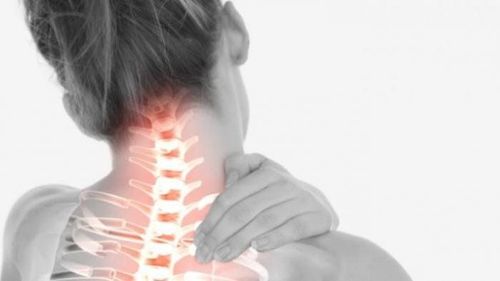
Head - Face - Neck - Spine injuries in an accident is a serious case that can be life-threatening if not diagnosed and treated early. Patients must immediately go to medical facilities for diagnosis and emergency treatment. Vinmec International General Hospital is a prestigious medical address so that patients can completely rest assured for examination and treatment at the Hospital.
The team of emergency doctors and nurses at the Emergency Department are intensively and professionally trained, able to receive and urgently handle severe and critical multi-trauma patients. There is always coordination with all other specialties such as musculoskeletal, spine, chest, abdomen... quickly. There are modern equipment in diagnosis and treatment.
Please dial HOTLINE for more information or register for an appointment HERE. Download MyVinmec app to make appointments faster and to manage your bookings easily.





